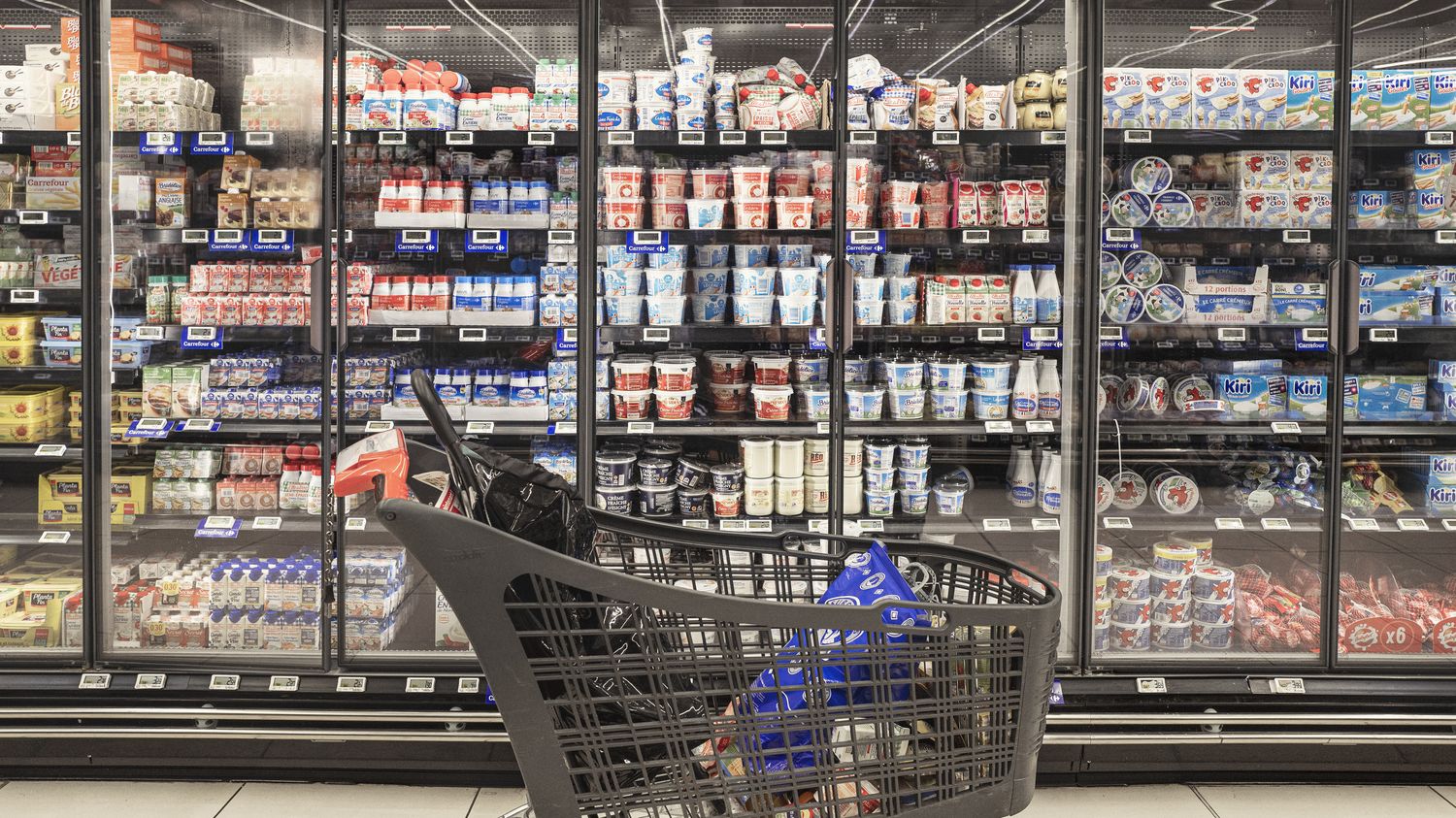A report from the National Food Safety Agency ensures that sugar is present in a majority of processed products, including salty ones. But ANSES has also observed a decline in the use of sweetening ingredients over the past decade.

Published
Reading time: 4 min

In processed products, it is everywhere, or almost. In two studies, one on foods, another on non-alcoholic drinks, published Tuesday March 19, the National Food Safety Agency (ANSES) reveals that sugar is present in the majority of 54,000 foods transformed, present on the French market between 2008 and 2020, which were studied. And whether it’s ice creams, sorbets, jams, cereal bars, juices and nectars, dairy products, biscuits and cakes, or prepared meals, sauces, cold meats and pizzas.
The agency therefore looked at foods, both sweet and savory, to assess the frequency with which they contain sweetening ingredients, i.e. “added sugars, but also ingredients that maintain the sweet taste without providing energy, such as sweeteners”defines the agency in its report. “This study is an unprecedented and very broad snapshot of the presence of these ingredients in foods in France”she writes. Franceinfo summarizes what this investigation contains.
1 Three quarters of products contain at least one sugar vector
“The study consisted of measuring the frequency of use of sweetening ingredients on the basis of their labeling, by dividing them into 11 previously defined classes of ingredients”, reports the agency. Here are the 11 categories defined by ANSES: lactose; THE others sugars, including glucose, fructose and dextrose; syrups; fruit juices and concentrates; caramel; honey ; bulking sweeteners; intense sweeteners; aromas whose flavor evokes a sweetening ingredient or
vector of sweet taste; and finally “other ingredients mentioning a ‘sweet’ or ‘caramelized’ state”.
The agency concludes that in 2020, the majority of foods (77%) still contain at least one sweetening ingredient. Thus, sucrose, equivalent to “table sugar”, is found in more than half of the food products studied (58%). According to the study, “59% of products use a class or a combination of two classes of sweetening ingredients or sweet taste vectors”.
2 Savory products are largely affected by sugar
“Most product categories present a majority of their offering with at least one sweetening ingredient or sweet taste vector, and 10 of them have a rather salty connotation”, summarizes the investigation. The processed salty products concerned by this conclusion are: condiment sauces, frozen snacks, cold meats, hot sauces, fresh catering products, fresh cooked meals, broths and soups, frozen ready meals, ambient ready meals and snackable aperitifs.
“In canned ratatouilles, sugar is used to counterbalance the acidity of the tomatoes, and in sausage, to promote better preservation”details with the Parisian Julie Gauvreau-Béziat, head of the Food Observatory (Oqali) at Anses.
3 Sweeteners, including aspartame, are used less
At the same time, the agency reports “a decline in the use of sweetening ingredients over the last 10 years, particularly sugar syrups and sweeteners”. This is because manufacturers are less inclined to use them. “The largest reductions most often concern salty products. In addition, the use of intense sweeteners is decreasing sharply, in particular that of aspartame which, in approximately ten years, has fallen from 1.8% to 0.4 % some products”, reports the agency. The products concerned are “breakfast cereals, iced teas (-15% between 2013 and 2019), fruit drinks and energy drinks”also specifies Parisian Jean-Luc Volatier, director of studies at Anses.
But the agency warns that this should not be concluded as a general decline in the sugar content of foods. “This trend is partly linked to product reformulations by manufacturersdetails ANSES. Compositions have been revised to favor very common ingredients, such as white sugar (…) or which are perceived as more ‘natural’, such as fruit juices.” However, “sugar syrups or synthetic sweeteners are much less used”adds the agency.
As the study only examined the nature and frequency of ingredients included, but not the quantities used, “rarely indicated on packaging”, it is not possible to draw conclusions regarding public health. ANSES, in a report, however, recommends “not to consume more than 100 g of total sugars per day (excluding lactose and galactose) and no more than one sugary drink (favoring fruit juices) for adults”. “It also considers that this consumption should also not exceed 100 g for adolescents aged 13 to 17 years, 75 g/day for children aged 8 to 12 years and 60 g/day for children aged 4 to 7 years”she adds.
4 The sugar content of non-alcoholic drinks has decreased
ANSES simultaneously published another study which focuses solely on refreshing non-alcoholic drinks and the changes in their offer and their nutritional quality between 2010 and 2019. More than 4,500 product references (sodas, flavored waters, drinks with fruits, energy drinks) were analyzed for their sugar content.
This decreased between 2013 and 2019 in sweetened drinks (with or without sweetener). “This result can be explained by the implementation of measures aimed at reducing sugar levels in drinks”, explains the agency. Thus, a collective agreement “was established between the main manufacturers in the sector and the public authorities to reduce the average sugar level by 5%”. And since 2012, a tax on drinks containing added sugars or sweeteners has been introduced. She “became proportional to the added sugar content in 2018”specifies the report.
